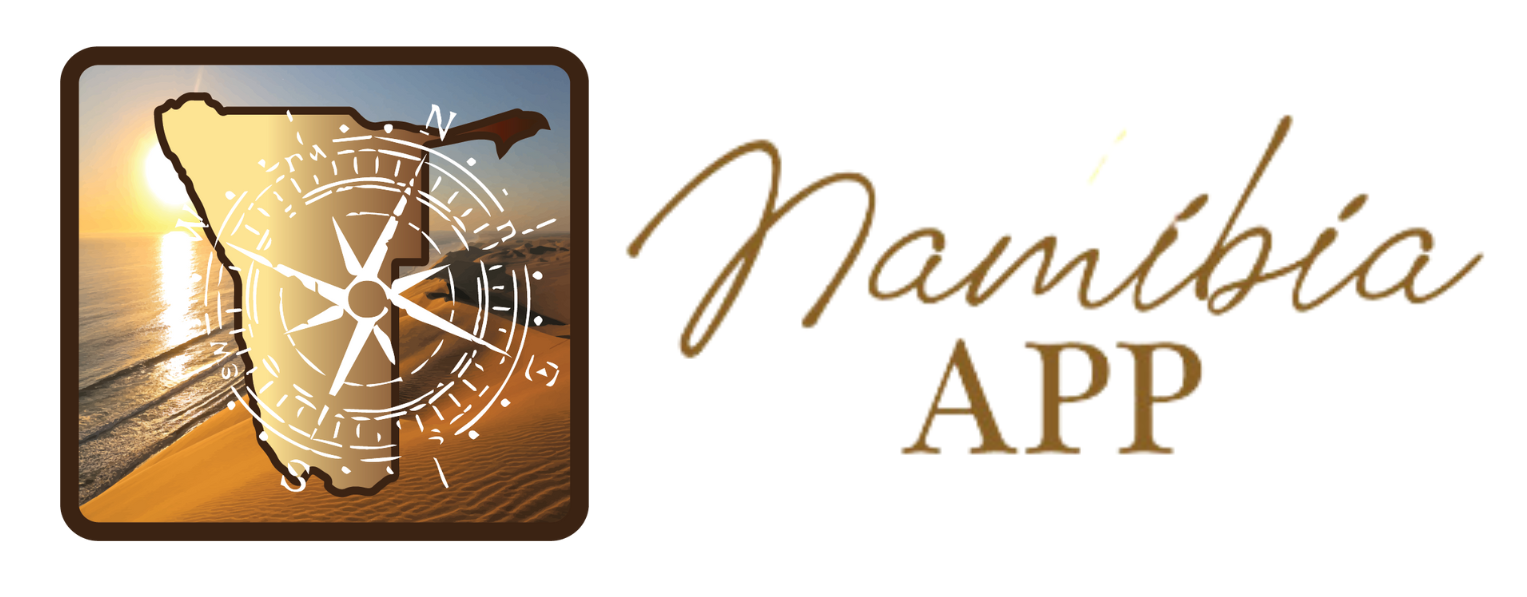Exploring Namibia's North Western Region
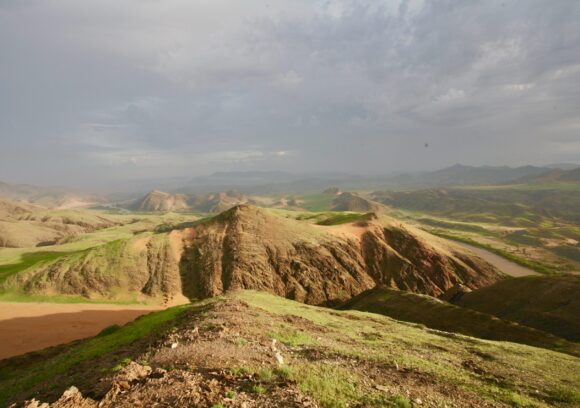
The north-west of Namibia, also named the Kunene region, stretches from the Kunene River in the north right down to the Ugab River near Twyfelfontein.
It is a rugged terrain with rock-strewn hillsides, rugged mountains and sandy plains. It is advisable to explore this wild and isolated region in a four-wheel drive, since most destinations are off-the-beaten-track, especially along the Kunene, with its splendid Epupa Falls.
Kaokoland is the ancestral homeland of the nomadic Himba tribe. The Himba are tall, slender and photogenic people of Herero origin. Especially women are admired for their unusual sculptural features, their intricate hairstyles and traditional adornments.

Furthermore, the Kaokoland is home to the famous “Desert Elephants” that migrate along river valleys in search of water and food.
Further down, to the west of Khorixas lies Twyfelfontein (meaning “doubtful mountain”), with its open-air art gallery of 2400 rock engravings which has World Heritage Status since 2007.
Close by are also the Petrified Forest, the Burnt Mountain as well as the famous Organ Pipes, a series of angular dolerite columns exposed in a dry riverbed.
Furthermore, this area offers more geological phenomena such as the 80 km long Ugab terraces, as well as the Vingerklip, a 35m high monolith which towers over the Ugab valley.
Places of Interest in the North Western Region:
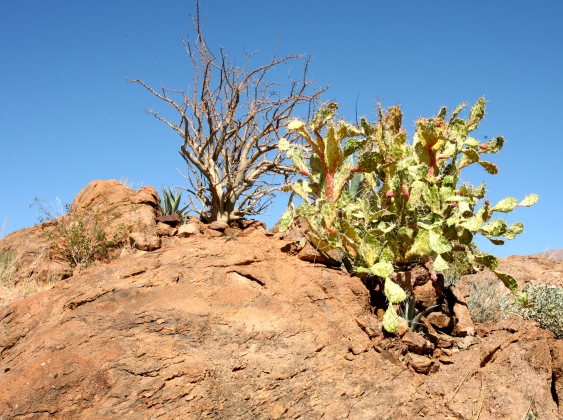
Twyfelfontein
In 2007 the Twyfelfontein rock-engraving site in the Huab Valley west of Khorixas was awarded World Heritage status at a meeting of the World Heritage Committee in Christchurch, New Zealand.
The 2,000-plus rock engravings represent one of Africa’s largest and most important rock art concentrations.
Here great Etjo sandstone formations provided the can-vases used by the rock artists who created the gigantic open-air gallery some 2 000 to 6 000 years ago.
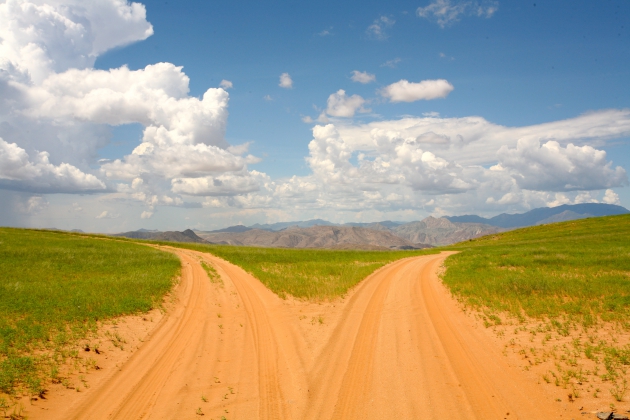
Many stone artefacts, tools, ostrich eggshell beads and pottery typical of hunter-gatherers of the past 10,000 years have been excavated at Twyfelfontein, an Afrikaans word that means ‘doubtful fountain’.
Many stone artefacts, tools, ostrich eggshell beads and pottery typical of hunter-gatherers of the past 10,000 years have been excavated at Twyfelfontein, an Afrikaans word that means ‘doubtful fountain’.
The engravings mostly depict animals and geometric designs, although human figures are sometimes portrayed in the newer ones.
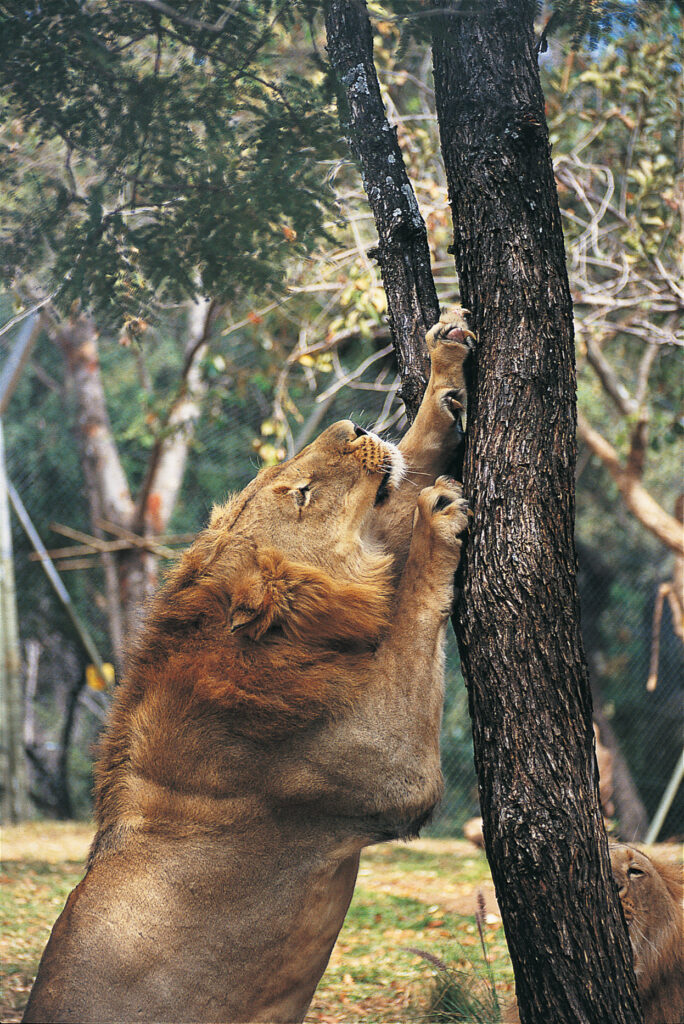
An interesting aspect of the rock engravings is that many depict animals as seen in a trans or supernatural state, while the abstract and geometric patterns are entopic images, patterns or flashes seen through the eyes of the shaman as he enters the state of trance and the spiritual world.
The supernatural creature would often take on the appearance of a familiar animal like a giraffe, elephant or lion with special powers to heal the sick or bring rain rather than being depicted because the animal is abundant in the area.
The sites of the specific engravings were likely chosen deliberately at significant points in the rocks. Some are in cracks and fissures, which may have served as doorways to the supernatural world, while others may have been engraved in areas to concentrate the energy for a journey into the spiritual world.
The engravings are believed to have been produced in the dry season when the shortage of water made people congregate near the spring.
The Visitors’ Interpretive Rock Art Centre at Twyfelfontein is an innovative building with an architectural design based on the three stages of trance, providing visitors with a comprehensive background of the rock engravings and the origin of the site.
There are several good lodges in the surroundings, and many interesting geological and other features to view.
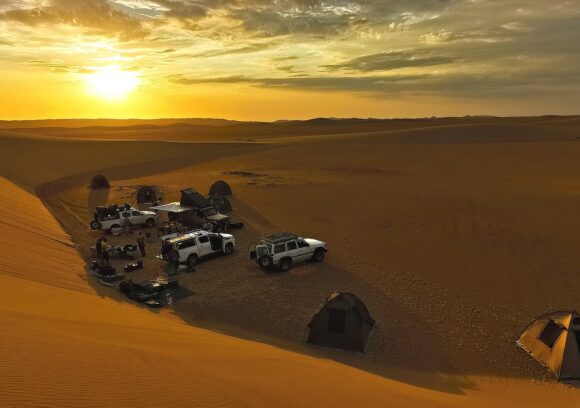
Skeleton Coast
Renowned for its extraordinary scenic beauty, the Skeleton Coast remains one of Namibia’s most enduring and mysterious places. Its attraction lies essentially in the colour, vastness, changing moods and untouched quality of its landscape.
Once an area for seafarers to fear and shun because of its treacherous coastline flanked by bone-strewn desert wastes, today it is prized as a place of splendour and tranquillity.
Situated in the remote north-western corner of Namibia, the Skeleton Coast Park is a narrow tract of coastal desert about 40 to 50 kilometres wide and 500 kilometres long.
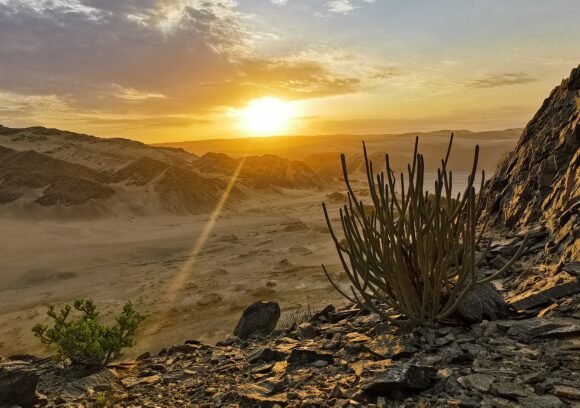
Extending between the Ugab River in the south and the Kunene River in the north, it was proclaimed a nature reserve in 1971.
Because of its ecological sensitivity, the nature conservation authorities manage it as a wilderness area insofar as the development of infrastructure is kept to a minimum and the number of visitors is restricted, with facilities and accommodation kept simple and basic.
It has accordingly become a haven for discerning visitors interested in the specific qualities of the area.

The skeletons scattered along this inhospitable coastline are not only those of hapless sailors whose vessels came to grief on the rocks.
The bleached bones of countless whales, exploited in the heyday of the whaling fleets, and the sand and wind-blasted remains of tugs, liners and trawlers lie strewn untidily for endless miles of desolate beach.
At the river mouths, lying in tangled heaps, are the skeletons of a myriad trees, washed down from the interior in good rain years.
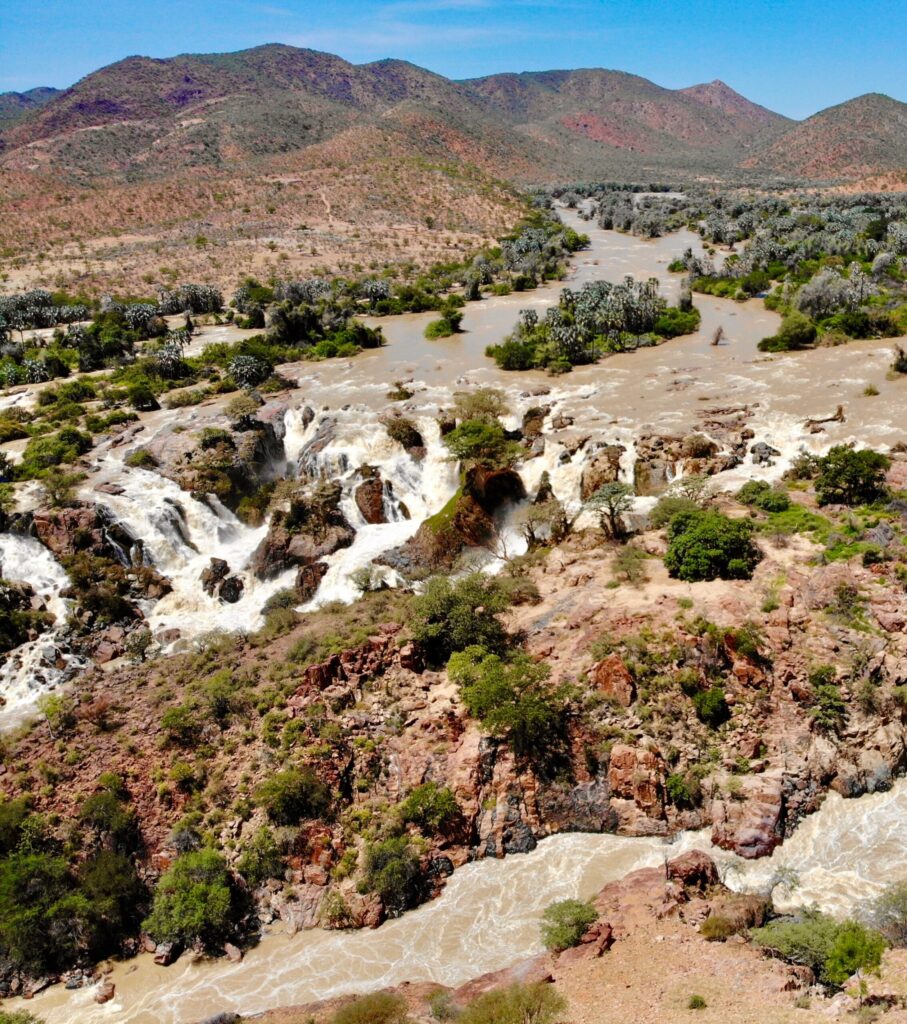
The landscape varies from vast desert plains often coloured green when the coastal fog has brought the lichen fields to life; sweeping vistas of windswept dunes, their ivory-white backs often coated maroon with fine garnet sand, or black with magnetite and ilmenite; rugged canyons with walls of richly coloured volcanic rock; and extensive variety of animals and birds are found in the remote desert realm.
On the plains are jackal, gemsbok, springbok, brown hyaena and ostrich, while lion, giraffe and desert-adapted elephant and black rhino roam up and down the dry river courses, in effect linear oases with vegetation and the occasional spring-fed waterhole.
The northern section of the park is a tourism concession area and is restricted to fly-in safaris only. The southern section between the Ugab and Hoanib rivers is accessible to the general public, who can stay at the Terrace Bay resort or camp at Torra Bay, or drive through via the Ugab and Springbokwasser gates.
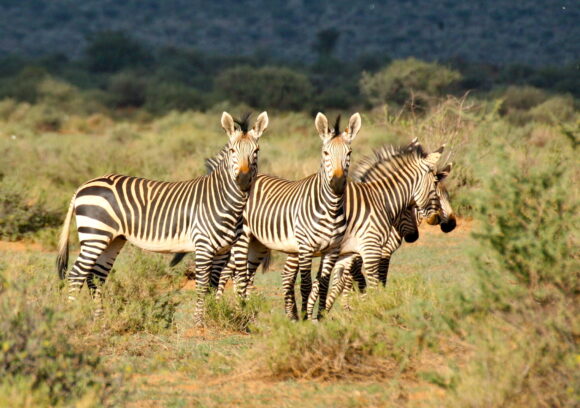
Burnt Mountain
There are three other legendary sites worth visiting when in Damaraland, all of ancient geological origin. Visible from the road to Twyfelfontein is the so-called Burnt Mountain, a brilliantly coloured hill of dark maroon, black and charcoal rock.
About 200 million years ago the Karoo limestones that formed the mountain were deposited, and about 120 million years ago volcanic lava intruded the limestone as a large sheet, metamorphosing into black, carbonaceous shales.
The high temperatures baked the shale, leaving a black, charred mass with brown, red and yellow patches produced by the oxidation of iron-bearing minerals.
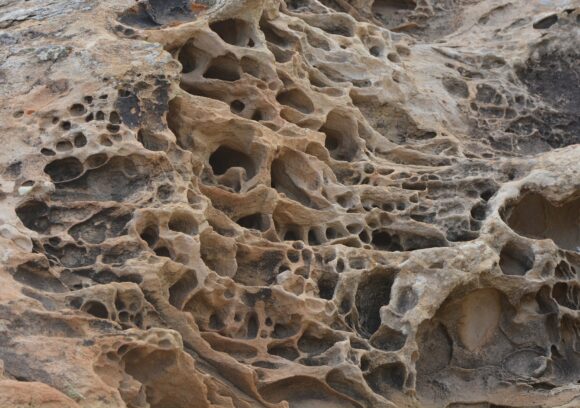
Another curious sight nearby is an outcrop of volcanic rock called the Organ Pipes, formed in much the same way.
Here the intrusive basalt, in this case dolomite, is still visible, forming a mass of perpendicular slabs, considered to be between 130 and 250 million years old. When basalt has been forced into a confined space, it crystallises into pillar basalt, presenting interesting geometric shapes.
The best time to view and photograph the Organ Pipes is in the late afternoon, when the fading sunlight brings out the colour of the rock, giving it a rich golden glow.
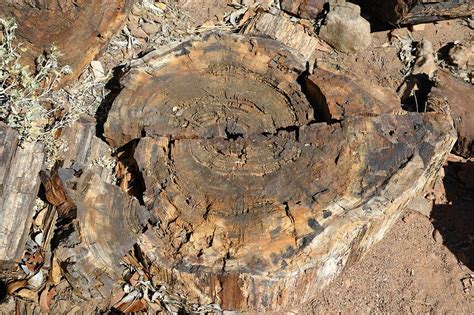
Further away, in the vicinity of Khorixas, is the Petrified Forest, a site of recumbent fossilised tree trunks that was declared a national monument in the early 1950s and is a National Heritage Site today.
These fossilised tree trunks date back between 240 and 300 million years and are driftwood logs that were taken down by a westward-flowing river and deposited in sandbanks or shoals.
Remnants of at least 50 trees can be seen at this site. They are so well preserved that they are often mistaken for logs. An interesting feature of the Petrified Forest is the Namib’s living fossil plant, Welwitschia mirabilis, which grows among the prostrate fossilised trunks.
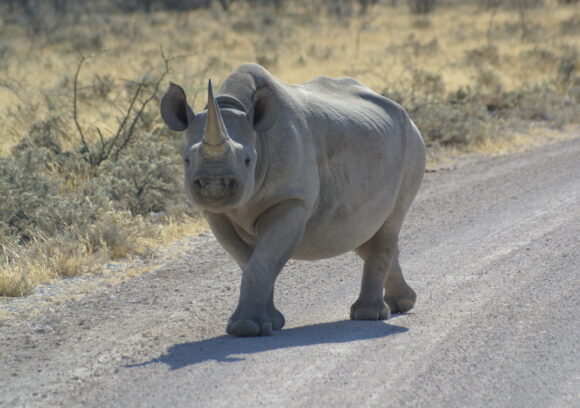
Kaokoland
At one time thought to be a separate or sub-species of the African elephant, Loxodonta africana, due to its longer legs, bigger feet and ability to withstand drought, the so-called desert elephants of Kaokoland are now regarded as ‘desert-adapted’ rather than a different species.
However, they belong to a separate population — a hardier version that has adapted successfully to life in arid areas — and merely appear to have longer legs and bigger feet because they are thinner than their better-fed relatives.
Their home range in Kaokoland extends over 3,000 square kilometres, with animals trekking up to 200 kilometres in search of water.
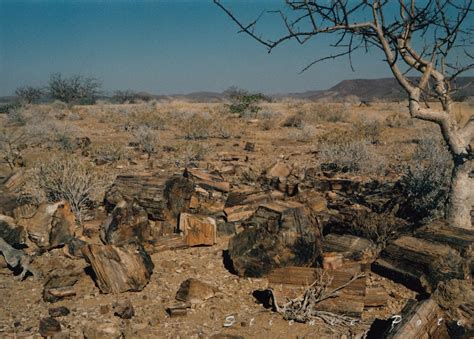
Whereas adult elephants in Etosha drink between 100-200 litres of water a day, in Kaokoland they drink only once every three or four days. When feeding, desert-adapted elephants are far more economical than their counterparts living in more lush habitats.
They hardly ever fell trees, break fewer branches and debark less destructively than regular elephants.
Their main source of water and nutrition is in the dry river courses of the westward-flowing rivers such as the Huab, Hoanib, Hoarusib and Khumib where they feed on mopane bark, tamarisk, reeds and rushes, and the nutritious pods, bark and leaves of the ana tree.
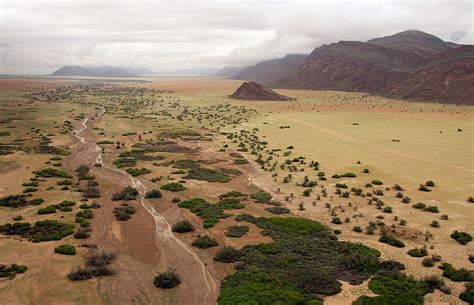
These elephants range widely, travelling up to 60 kilometres a day over rugged terrain between the different springs. In periods of drought, they dig holes, referred to as gorras, in the dry riverbeds, into which water seeps from below, at the same time providing a source of water for other animals of the desert.
Tourists travelling in Kaokoland in search of the desert elephants are requested to avoid enclosed areas where the animals might feel trapped; not to camp at water holes but to use existing camping sites; not to stop their vehicles in the middle of elephant migration routes; not to feed or throw objects at the animals; to keep to existing roads and tracks; and not to leave their vehicle when encountering the elephants.
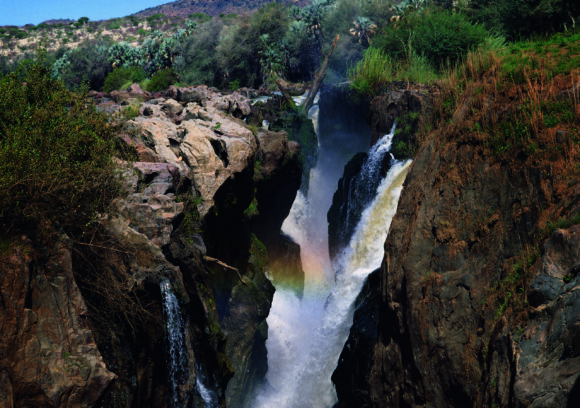
Epupa Falls
This deep chasm of a waterfall with its richly coloured rock walls and classic variety of tree species including baobabs, wild figs and Makalani palms, is one of Namibia’s most idyllic and peaceful spots.
This is where you can sit quietly for many hours entertained by the twitter of birds, becoming mesmerised as they circle endlessly in the spray above the vortex below, while you wait for the sun to set in a vivid blaze of red.
Epupa was one of Namibia’s best-kept secrets until the rapid development of tourism in the nineties following Namibia’s coming of age.
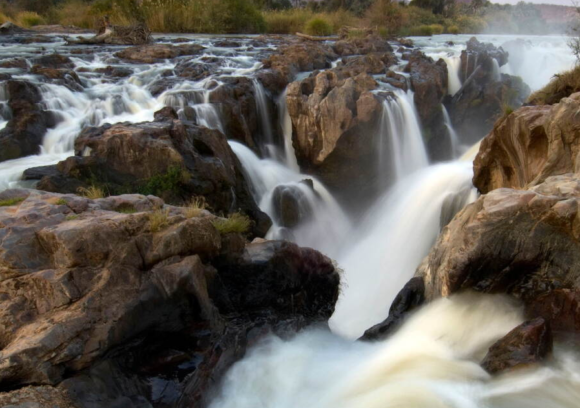
Since then it has become one of the prime destinations for intrepid four-wheel-drive enthusiasts who brave the rugged wastes of Kaokoland, and for tourists who visit the area in light aircraft.
When flying in, they have the added opportunity of viewing the falls from the air, an adrenalin rush in its own right.
In the west, the Kunene River forms the northern border of Namibia with Angola. It winds through a slender forest of makhani palms, a landscape that gradually changes to one of arid hills and rugged mountains as it extends further west towards the Atlantic Ocean.
About 145 kilometres west of Ruacana, where the river wends its way through the Baynes Mountains and widens to accommodate a few islands, it plunges down a deep chasm caused by a geological fault.
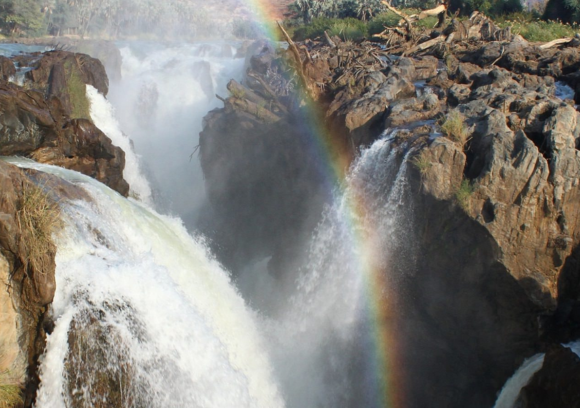
This is the Epupa Falls, a series of cascades formed by the river dropping a total of 60 metres over a distance of about 1.5 kilometres, dividing into many channels and forming a multitude of rock pools.
Bird-watching at Epupa is especially rewarding, as you have a good chance of spotting the rare rufous-tailed palm thrush, rosy-faced lovebirds, paradise flycatchers, African fish-eagles, kingfishers ranging from the giant to the tiny malachite kingfisher, several species of bee-eaters, bulbuls, hornbills and rollers.
This is also a place from where you can visit a settlement of the legendary Himba, a semi-nomadic people who still live and dress according to ancient customs and traditions.
